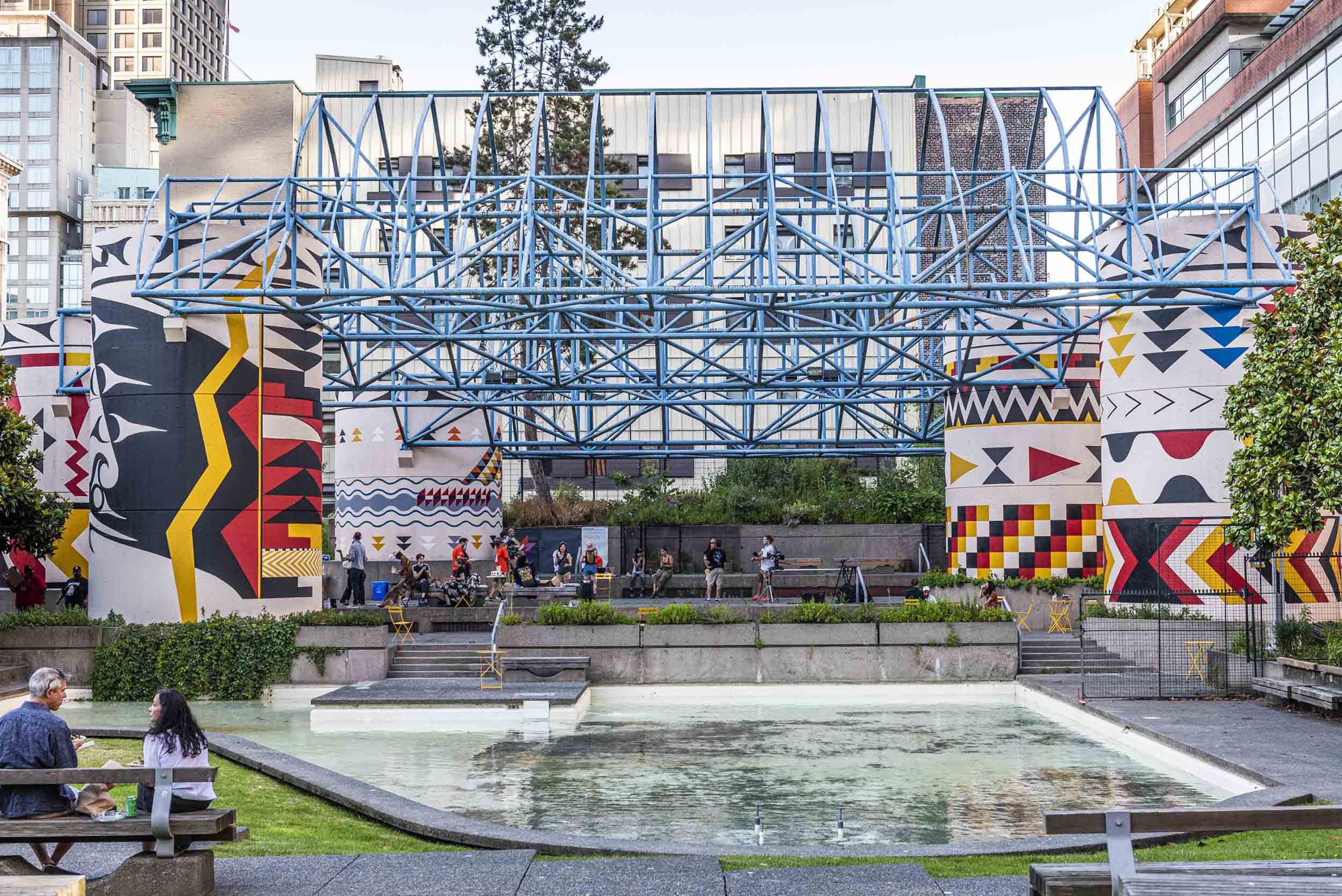
BLANKETING THE CITY
Blanketing The City is a public art series and Reconciliation process designed by acclaimed xʷməθkʷəy̓əm (Musqueam) Weaver and Designer, Debra Sparrow in collaboration with VMF. Begun in 2018, the series boldly affirms the resurgence and importance of Coast Salish weaving on these lands, and directly combats the ongoing systemic suppression of Indigenous visual culture.
BLANKETING THE CITY V
In 2021, Debra Sparrow invited master weavers Chief Janice George (Skwxwú7mesh) and Angela George (səlilwətaɬ) to collaborate on the historic design of six landmark murals believed to be the first semi-permanent public art collaboration between weavers from the three local nations.
Now, for the fifth mural in the Blanketing the City series, and its first on Squamish and Tsleil-Waututh lands, the weavers are coming together once again. Chief Janice George, Buddy Joseph and Angela George host this collaboration with Debra Sparrow to transform an entire building on the Burrard Pier with the story of the Great Vancouver Fire, and the role that Indigenous first responders played in bringing people to safety across the Burrard Inlet.
Commissioned by: City of North Vancouver
Mural Statements
Chief Janice George & Buddy Joseph: The rescue
It was the year 1886. People in the village of Eslha7an were living directly across the inlet from what was then, downtown Vancouver. When my ancestors saw the flames, they got into their canoes and paddled over to help. The people in the city were all standing in the water in the inlet seeking shelter from the heat. My great grandmother witnessed the fire and passed down to me the story of a woman singing the Paddle Song while she was rescuing people on the beaches in her canoe.
The Paddle Song is used today for different occasions. It is about people being on their journeys and is sometimes used today for funerals. The fire burned for 45 minutes and only left 8 buildings standing. My Squamish ancestors, longshoreman, loggers and carpenters helped rebuild the city after the fire.
We included the two-headed serpent, Sínulhḵay̓ on the north wall. We designed the serpent’s scales with a weaving pattern that reflects the flames of the fire. Long before the fire, the two headed serpent lived in our territory. My ancestor trained for four years and tracked it down. In a vision, the man was shown how to go about slaying it. He was to utilize two spears to pierce his head. Then he was to take a fragment of the skull and also take his name.
Debra Sparrow: Aftermath
The south wall directly faces the city, so I designed it to be a mirror, to reflect the aftermath of the fire. It shows the city’s remains, and the smoldering fires. You can see the blackened silhouettes of some of the remaining buildings in the bottom half of the design. The glowing embers and flames flow upward and are represented by Coast Salish design elements. You will notice that unlike the other three walls, there are no weaving designs on the south wall. While this mural project is part of the Blanketing The City series, this wall could not have beautiful patterns, as it shows the destruction of the town and what was left. When thinking about this mural, it is important to appreciate the irony of Indigenous people paddling across the inlet to risk their lives to rescue the people from a town that was systematically evicting Musqueam, Squamish and Tsleil-Waututh people from their lands. This says a lot about who we are.
Angela George: The wealth of the land
My design shows the resurgence after the fire. The weaving design elements feature the wealth of the lands and waters, glowing sky above and our mother, the inlet and its rejuvenating power rippling outward. The water of the inlet remains after the fire—it will always be here. Water prevails, nature prevails, it is our wealth. The water and its deep knowledge continue to nourish all living things. The wealth of these traditional lands and waters are restored. I have integrated the window in the wall into the design as a “portal”, the way our loom is a portal into the past and the future.
Facing east, where the sun rises, the design also represents the new day, renewal. The copper color in the sky of the design represents the glow of the great fire. It also demonstrates the wealth of the land that will continue to sustain all life, if we live in harmony with it. The ripples in the design remind us of our connection and responsibilities to create good ripples in this world.
The fire in the design is a metaphor for the gross destruction caused by colonization and the Indian Residential and Day Schools and the devastating genocide of our people and ways of being. The land and the water prevail and ensure healing and restoration of wealth. Reconnecting to our lands and waters and all their ancient wisdom is restoring our health and wealth.
We are meant to live in harmony with and reflect the laws of the lands and waters—in doing so, we are honoring our reciprocal relationship with the natural world and our ancestors.
MEET THE ARTISTS
Debra Sparrow (ΘƏLIΧʷƏLʷƏT)
+
Musqueam/xʷməθkʷəy̓əm
Debra has been involved in the revival of xʷməθkʷəy̓əm (Musqueam) weaving for 25+ years. Her art and design work has been featured by institutions around British Columbia including the YVR, MOA, Indian Summer Festival, VAG, VMF, and Vancouver Biennale. Debra Sparrow has completed many commissions over this time including a piece for the First Nations Gallery at the Government House in Victoria, the design of the logo for the Olympic Canadian Hockey Team to name a few. Debra is a recipient of the BC Creative Achievement Award.
Willard ‘Buddy’ Joseph (SKWETSIMELTXW)
Chief Janice George (CHEPXIMIYA SIYAM’)
+
Squamish/Sḵwxwú7mesh
Skwetsimeltxw Willard ‘Buddy’ Joseph and Chepximiya Siyam’ Janice George are accomplished weavers and teachers from the Squamish Nation. They have co founded L’hen Awtxw Weaving House to share the teachings and practice of traditional Coast Salish wool weaving.
Chief Janice George graduated from Capilano University, North Vancouver BC, and the Institute of American Indian Arts, Santa Fe, NM, USA. She feels her education at these schools helped her excel as a teacher, adding to her most important traditional teachings. She is a hereditary chief, trained museum curator and educator. George also co-organized the 1st Canada Northwest Coast Weavers Gathering, with other Squamish Nation Weavers. George and Joseph are from prominent Squamish families and have numerous ceremonial and cultural responsibilities in their community. Joseph is the former director of the Squamish Housing and Capital Projects and currently consults on capital projects for First Nations communities.
Angela George (QʷƏNAT)
+
Tsleil-Waututh/səlilwətaɬ
Angela lives and works in the səl’ilwətaɁɬ (Tsleil-Waututh) Nation in North Vancouver with her husband, Gabriel George, grandson of late Chief Dan George and her four children. Angela has dedicated her career to the betterment of First Nations people and communities. Traditionally groomed, she has a strong understanding of her culture, spiritual teachings and the impacts of colonization and barriers that plague First Nations communities. She is humbled by the gift of traditional weaving, holding this connection to her late mother and Squamish ancestry dearly. Angela loves to learn and teach weaving and strives to carry this sacred practice with the utmost integrity.
Gabriel Hall +
PREVIOUS PROJECTS
Blanketing The City: I
Blanketing The City: II
Blanketing The City III
Blanketing The City: Lighting The Way
Blanketing The City IV: Cathedral Square
Blanketing the City reclaims the urban landscape of Vancouver and asserts the visibility and culture of the Musqueam, Squamish and Tsleil Waututh people on their unceded lands.
The “Blanketing The City” series by Debra Sparrow is intended for Indigneous and non-Indigneous people to begin to build a deeper understanding of living Coast Salish Culture.







-and-women-singing-for-blanketing-the-city-at-cathedral-square-opening-ceremony.jpg)
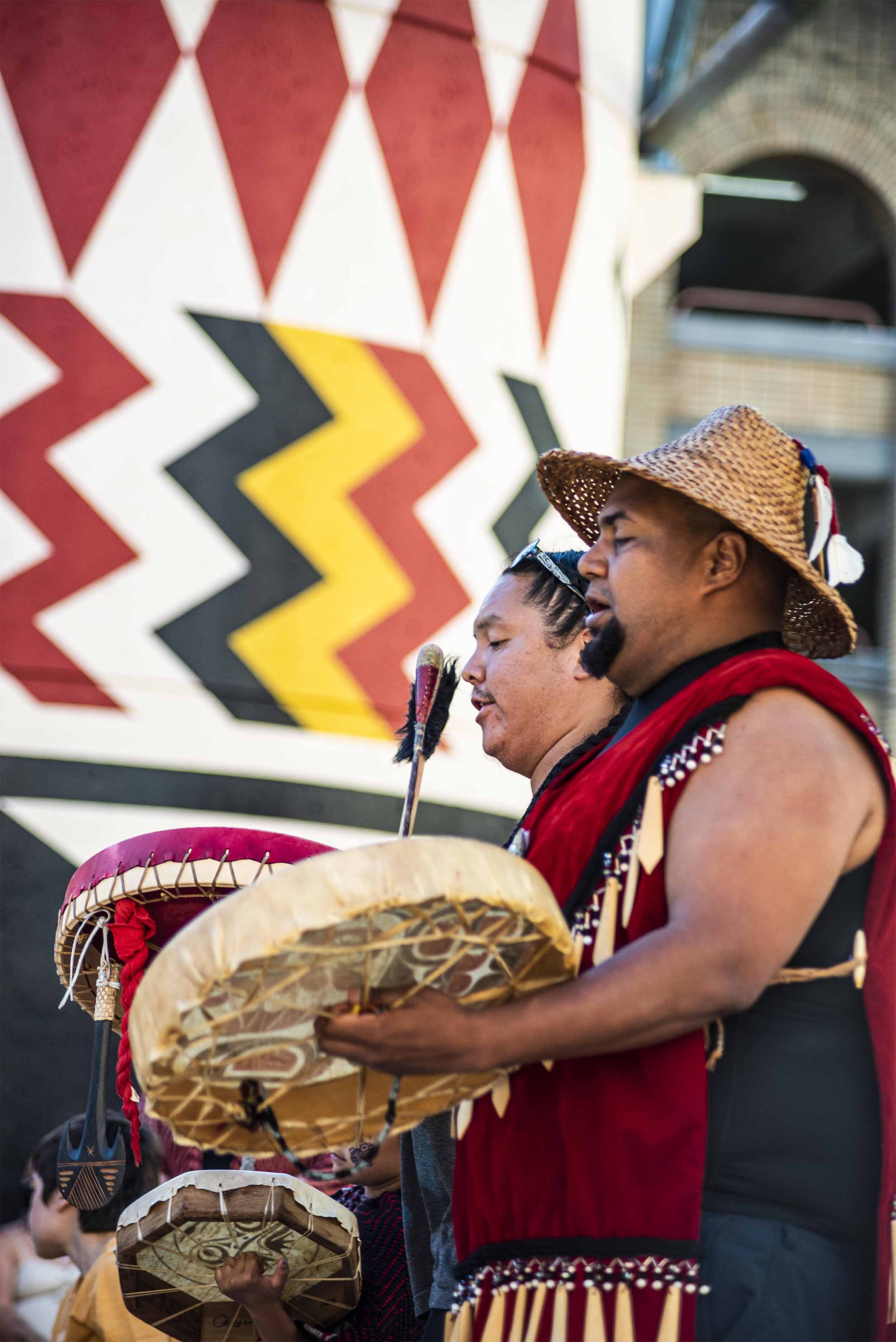
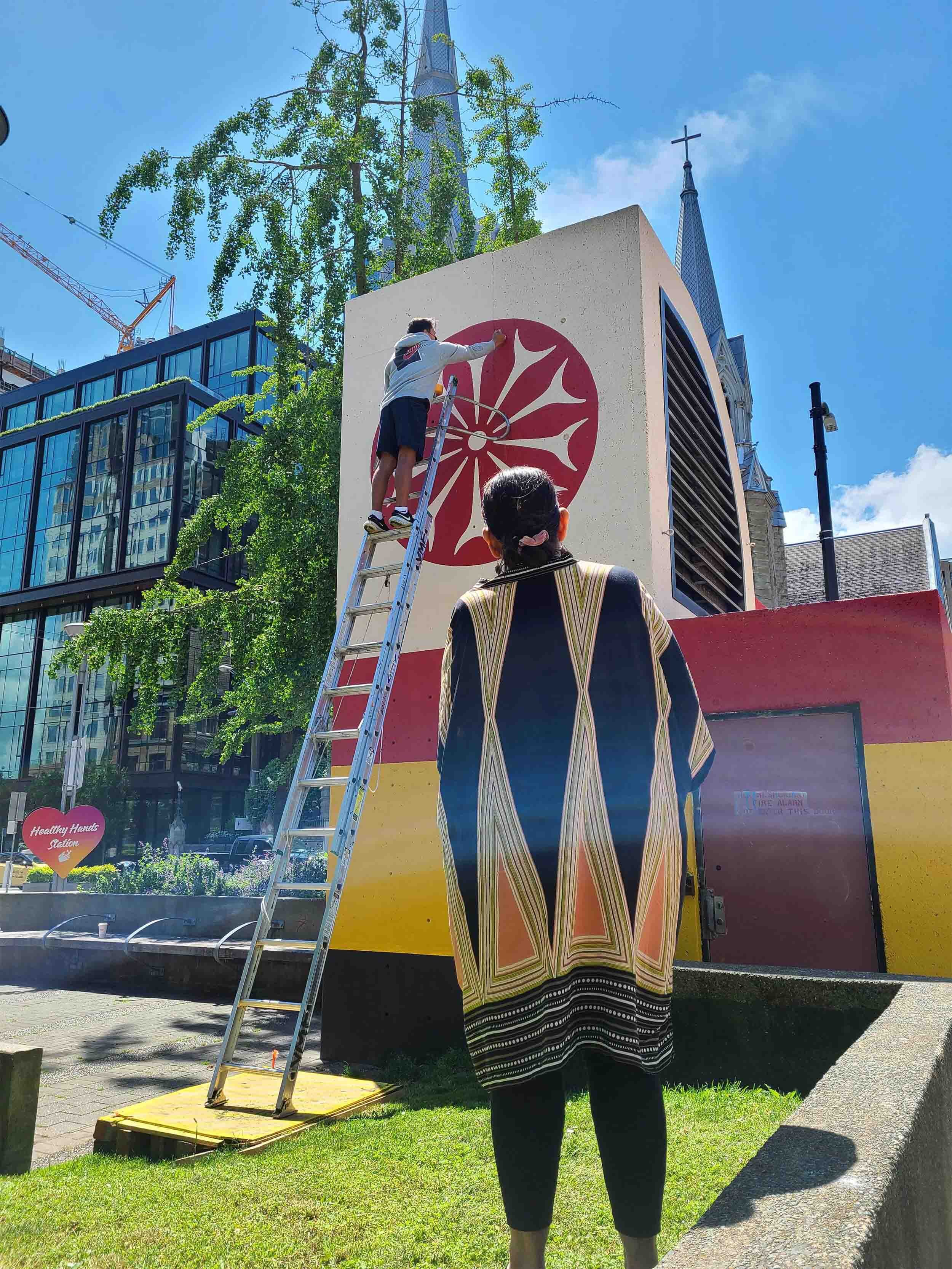
.jpg)
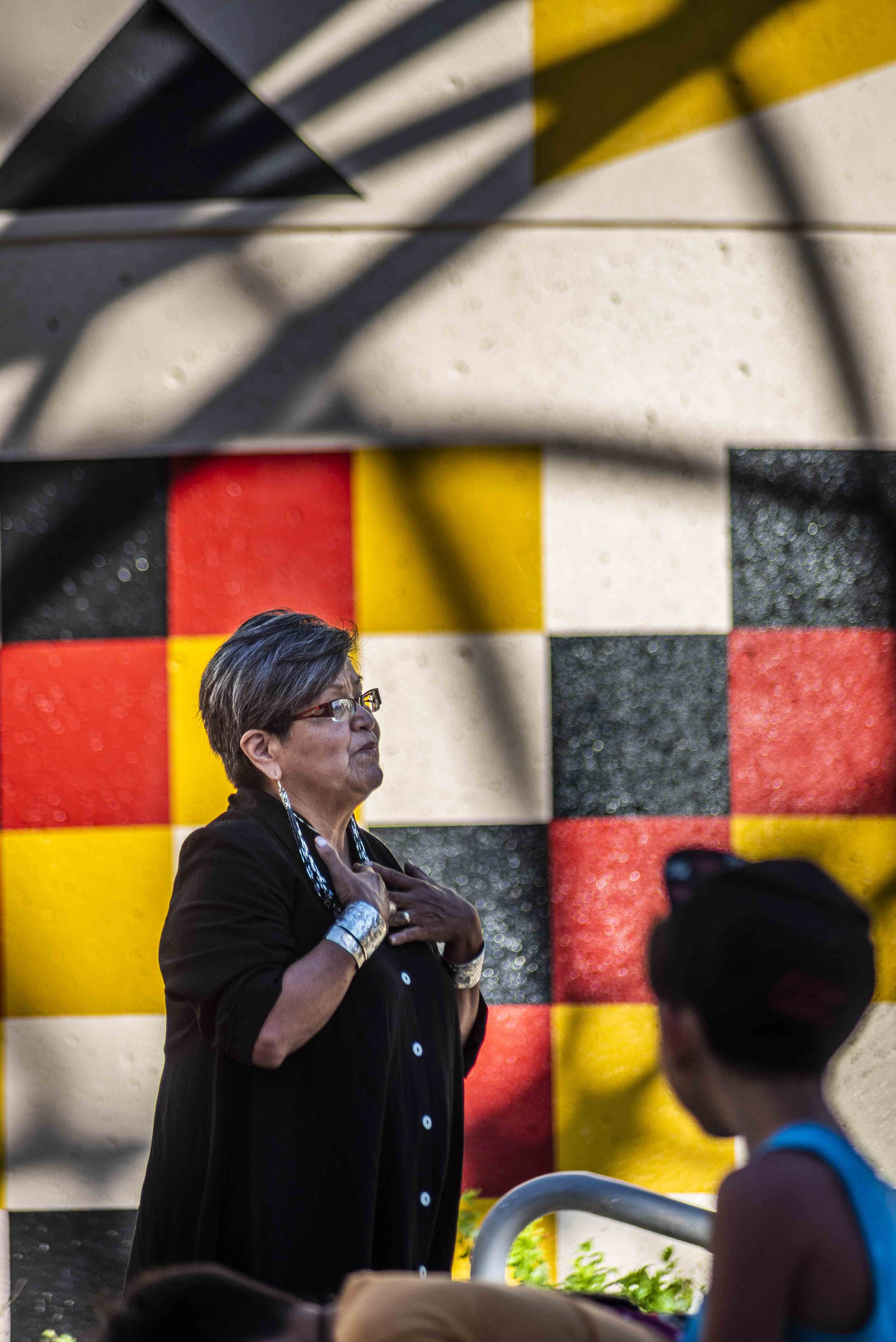
.jpg)
-speaking-blanketing-the-city-at-cathedral-square-opening-ceremony.jpg)
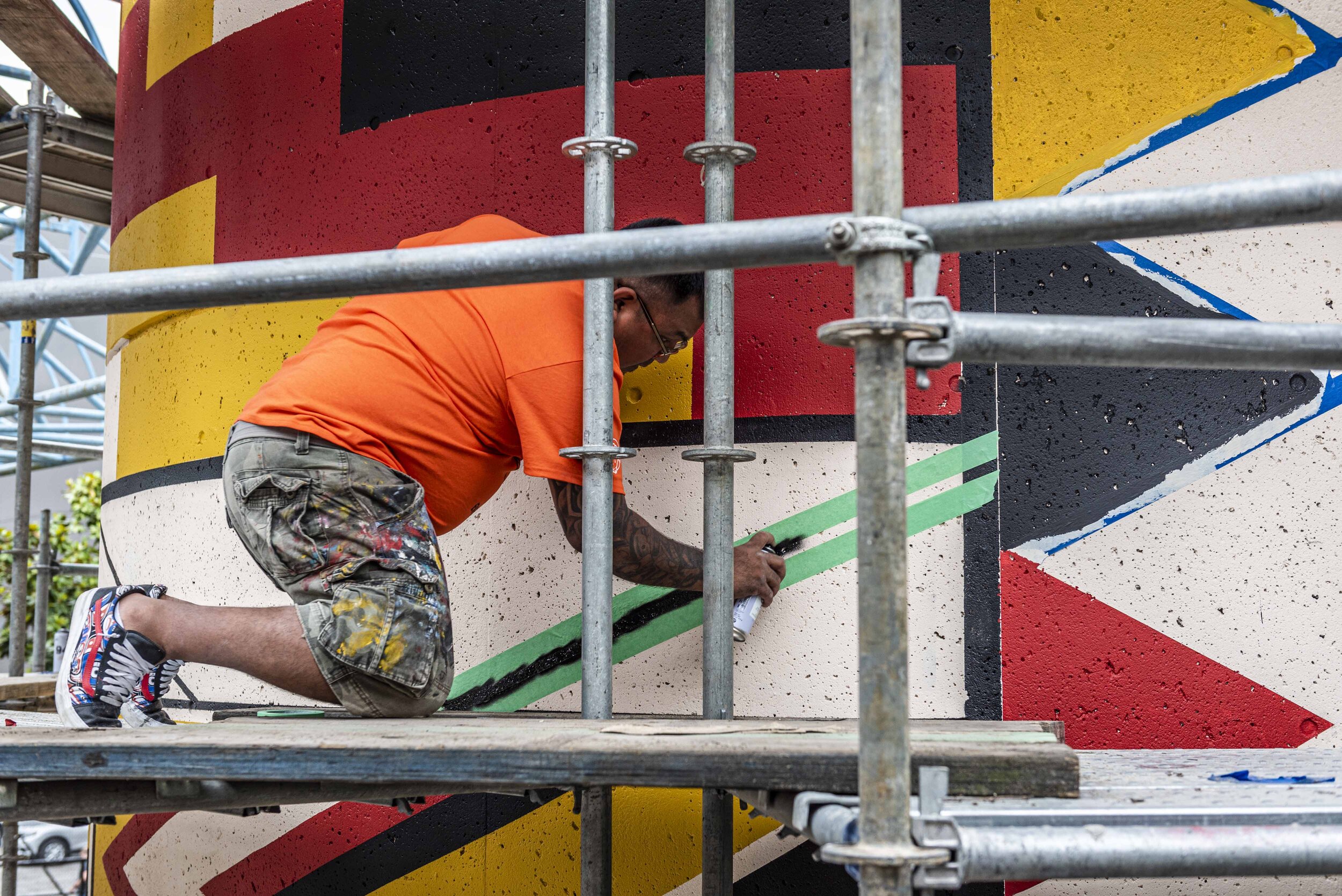
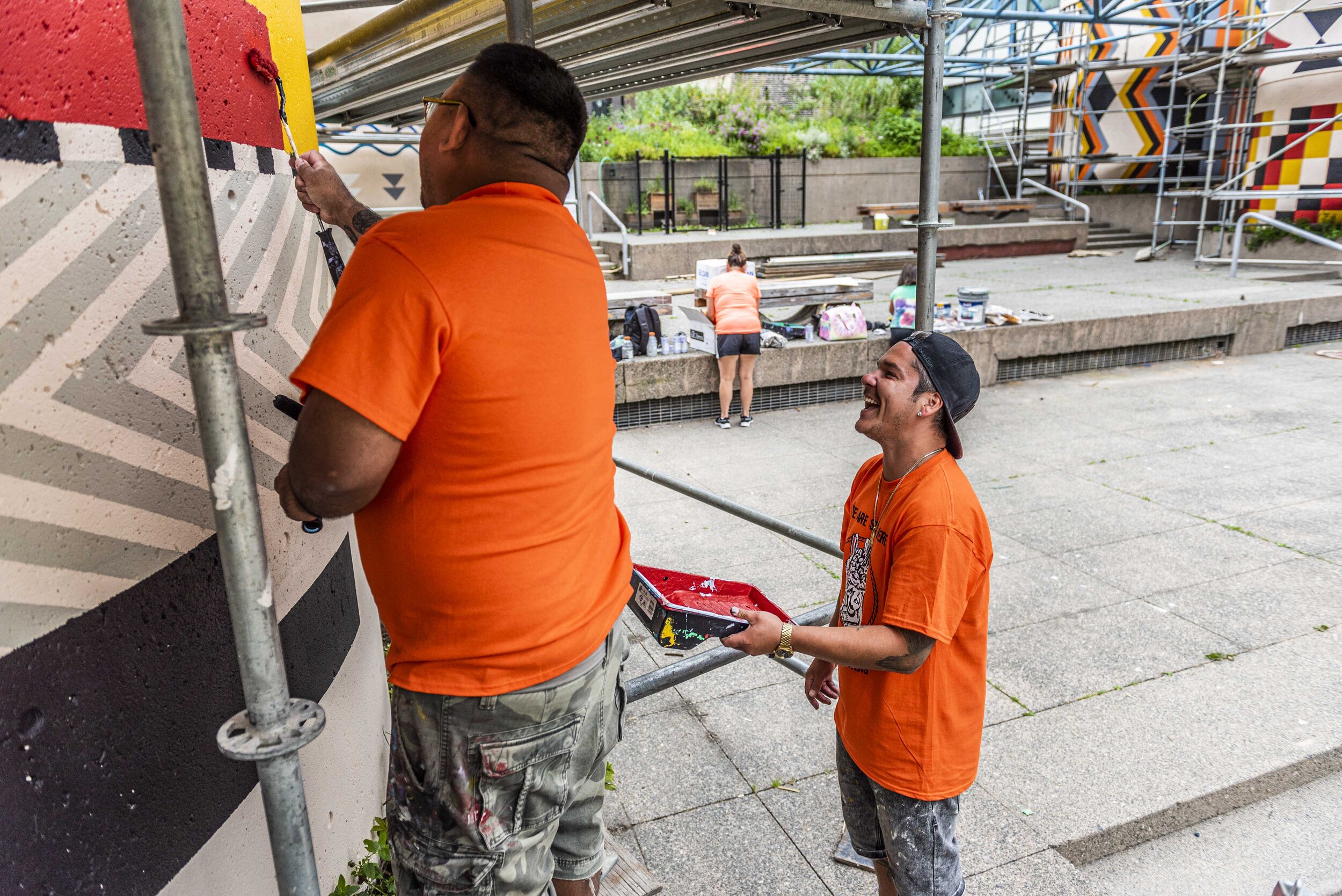

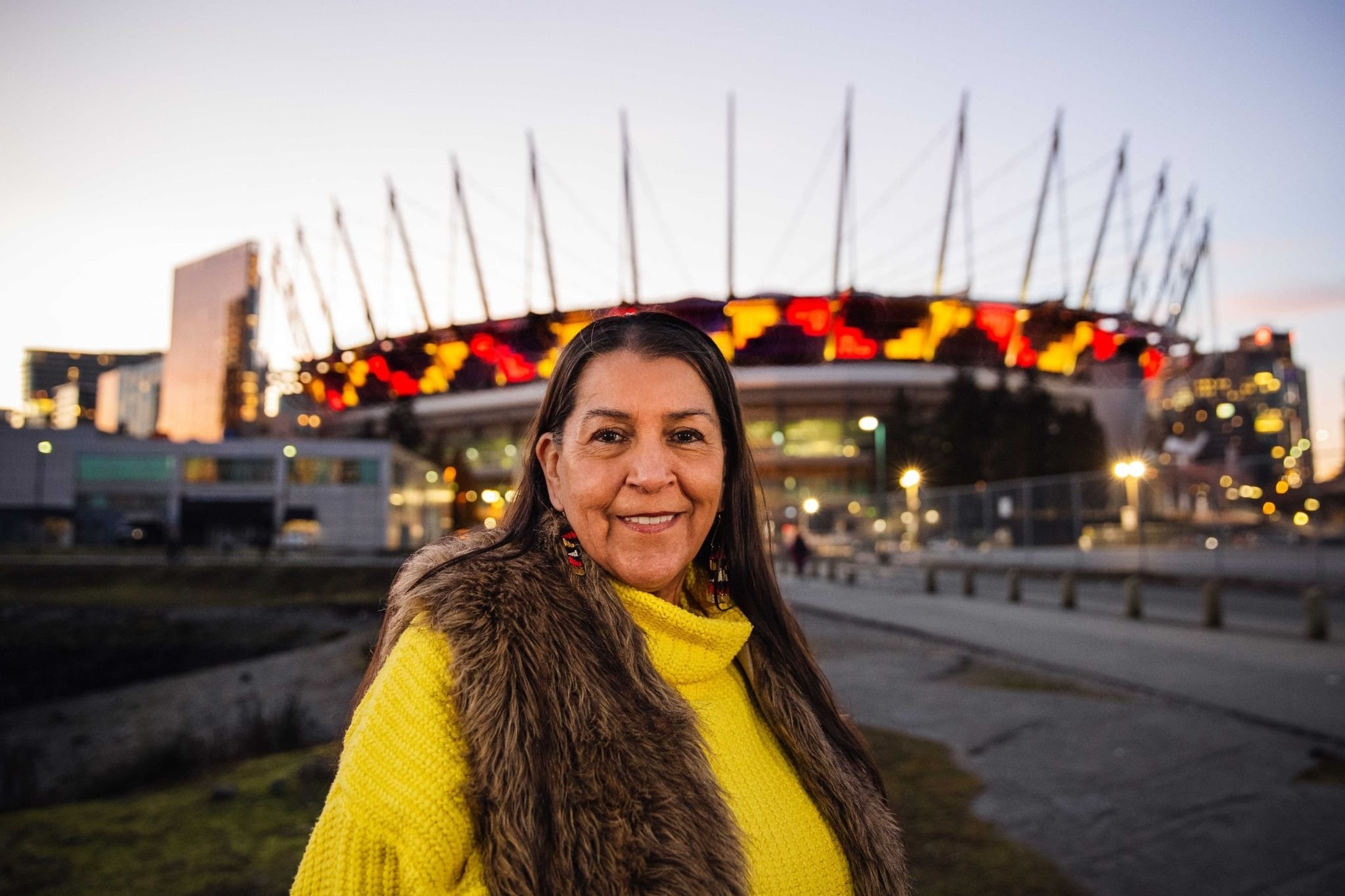






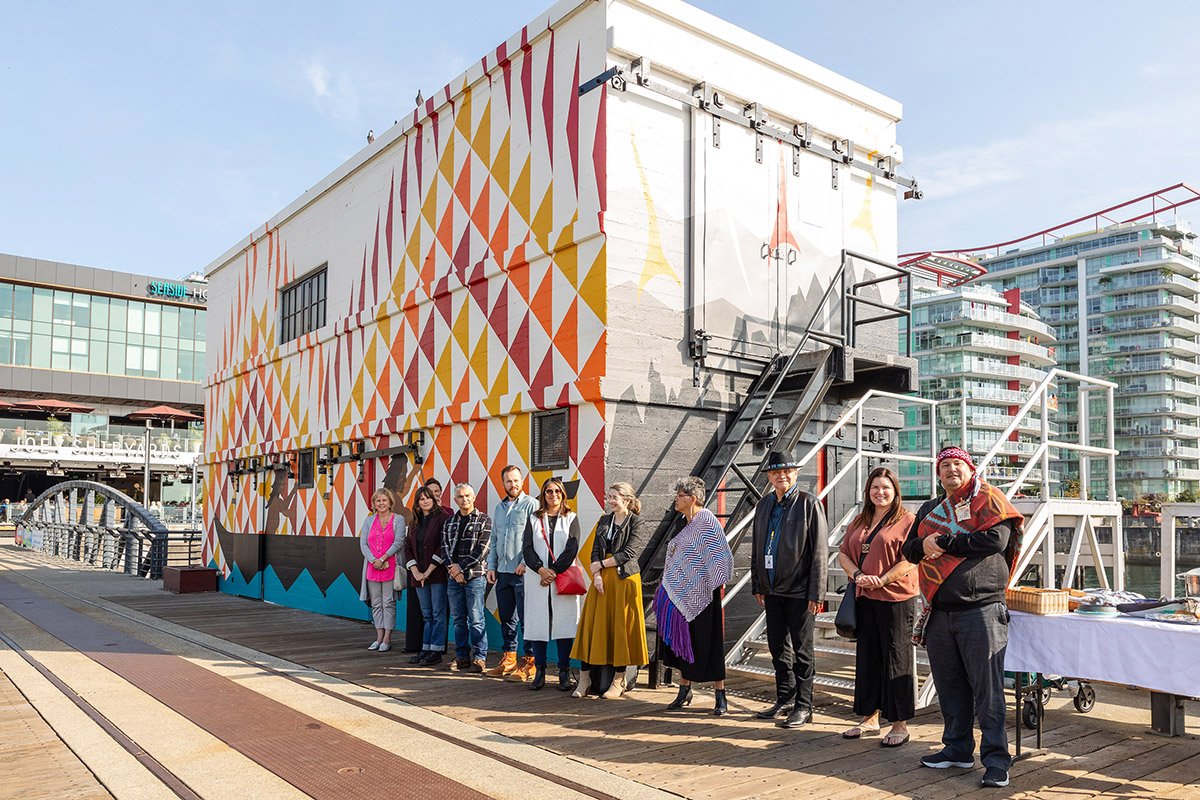


“There’s a beautiful saying that [says] “without a vision, people perish” and our vision was [uprooted] by history and yet it didn’t fully disappear but we brought that vision back because this is a vision of not only our ancestors but a vision of our people today… this is about how we tell the story of the Musqueam, Squamish, and Tsleil-waututh.”
— Debra Sparrow
Weaving The Path – Documentary
For centuries, weaving has formed an integral part of the Coast Salish communities’ culture. Around 82 years passed while the tradition of weaving lay dormant. Debra Sparrow, Chief Janice George and Angela George, among other Coast Salish weavers have since revived these lost traditions. This film explores the life of Debra Sparrow together with the cultural and spiritual meaning that weaving has had in her life and the Coast Salish communities.


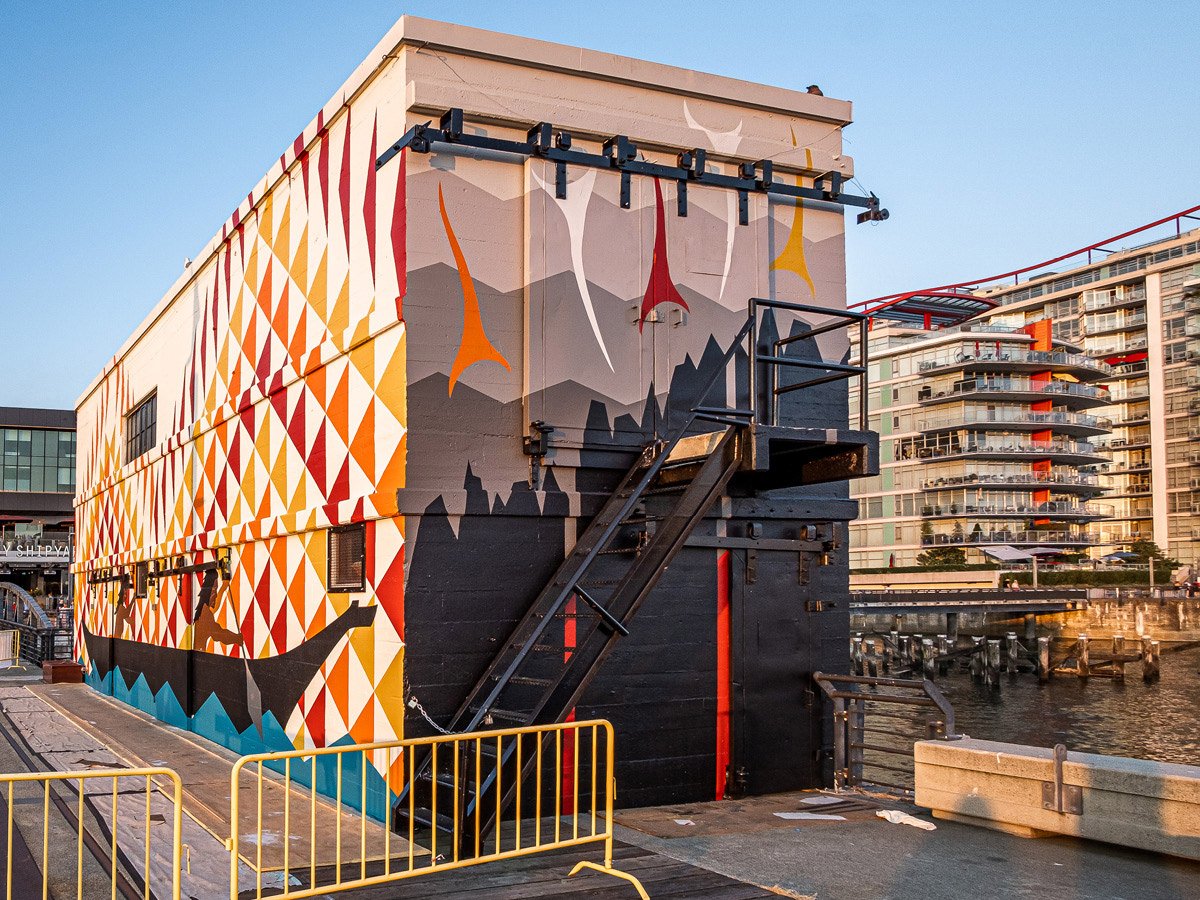
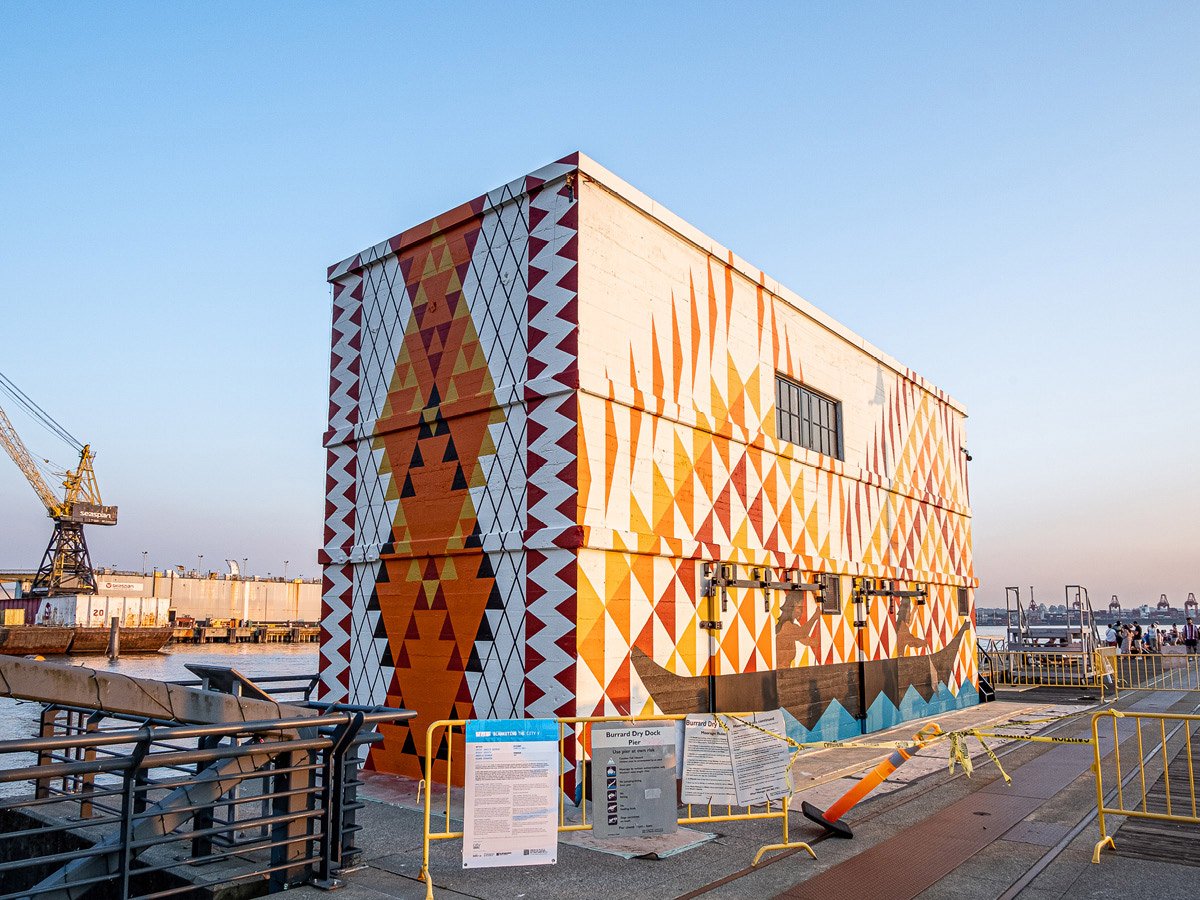
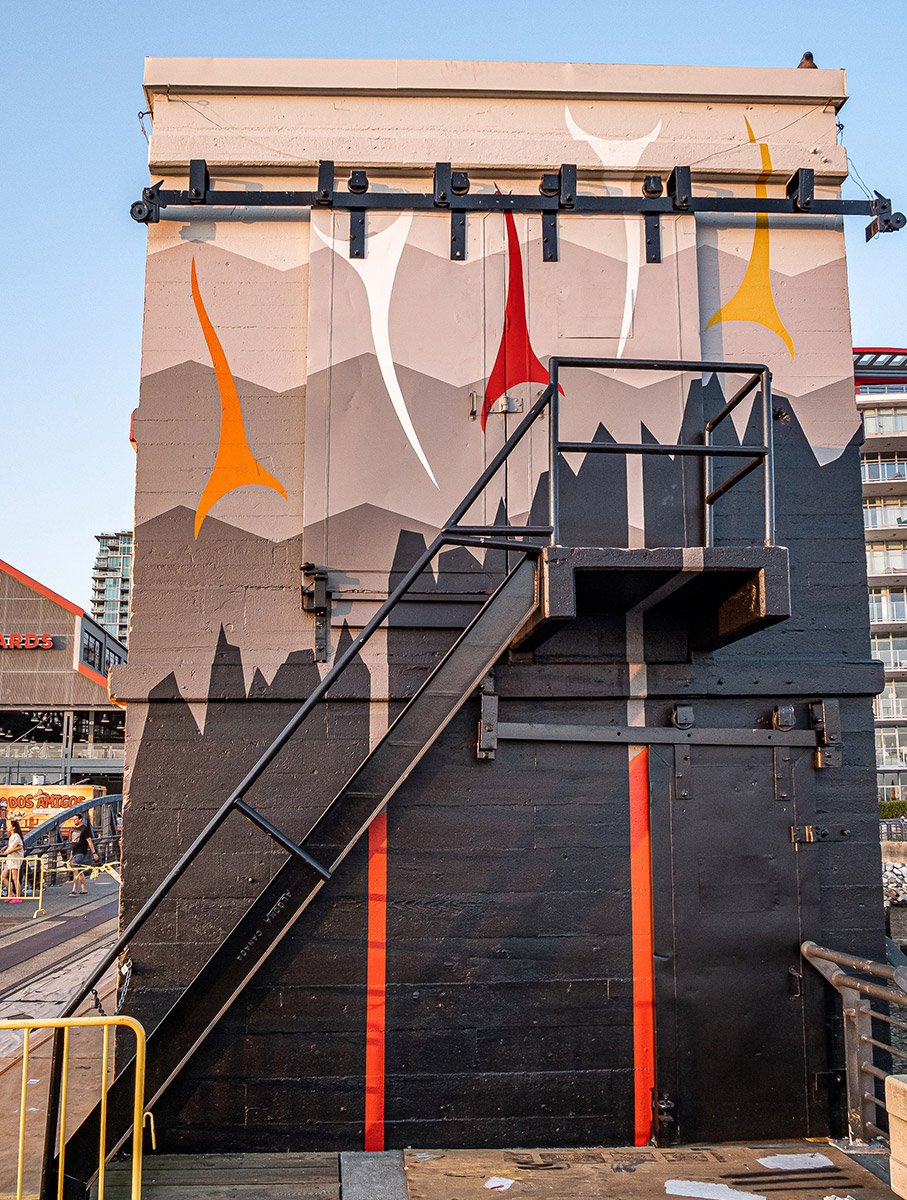
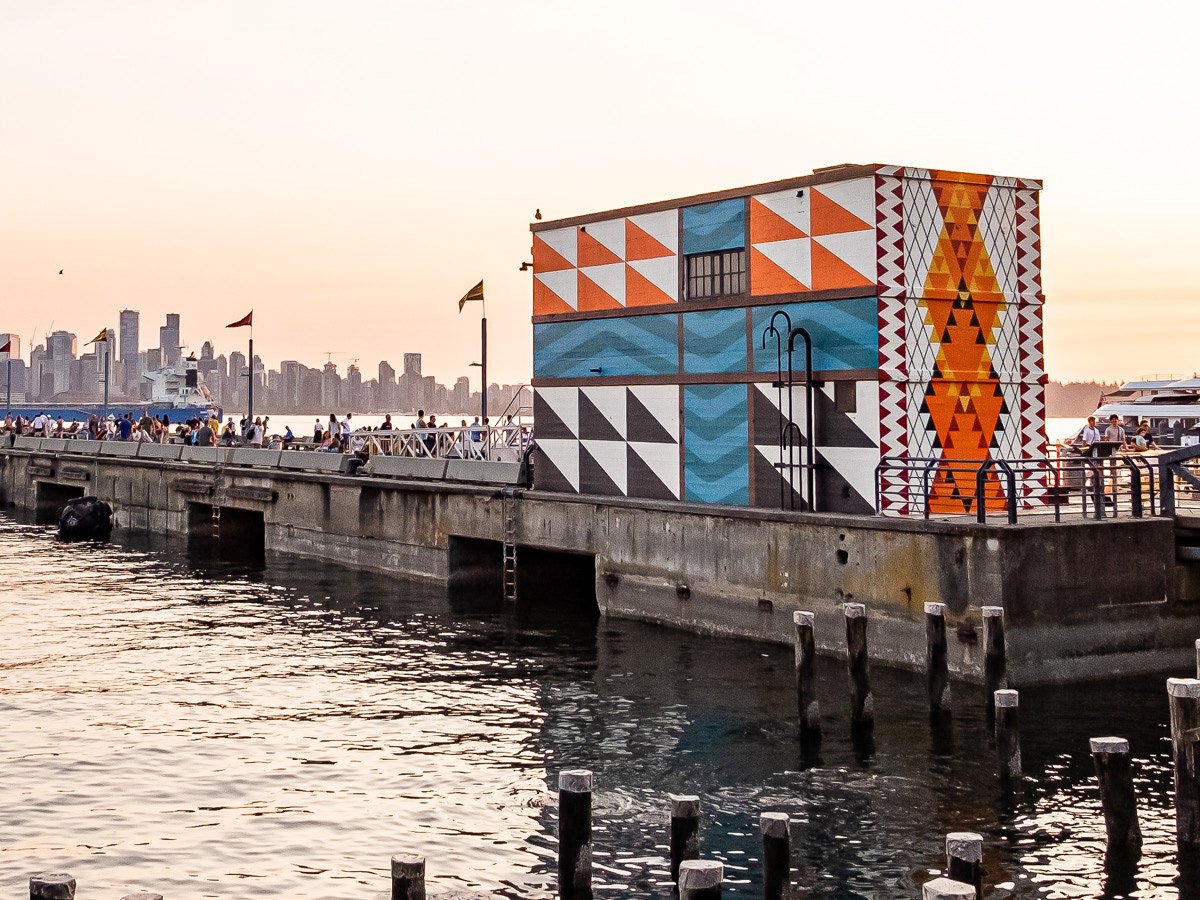
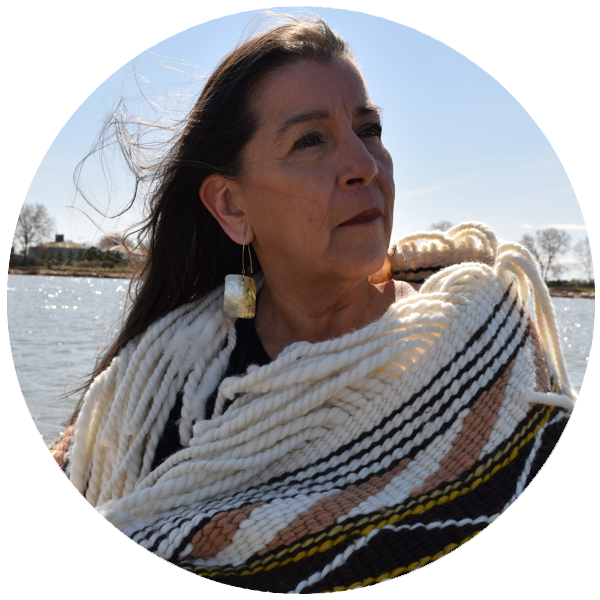
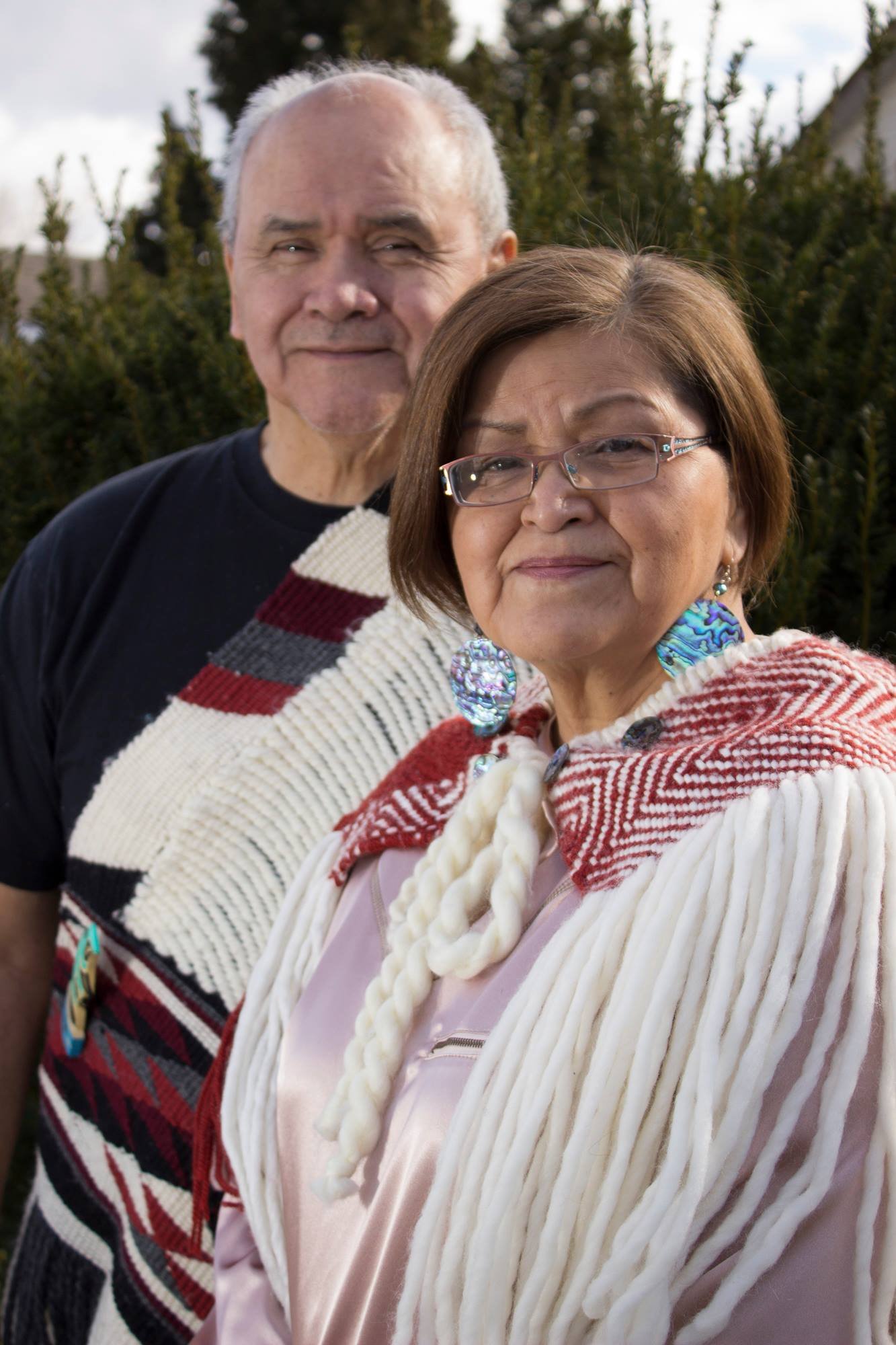
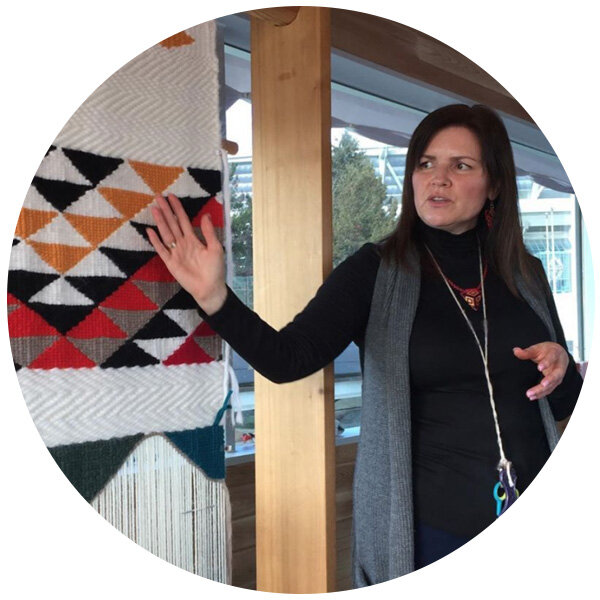
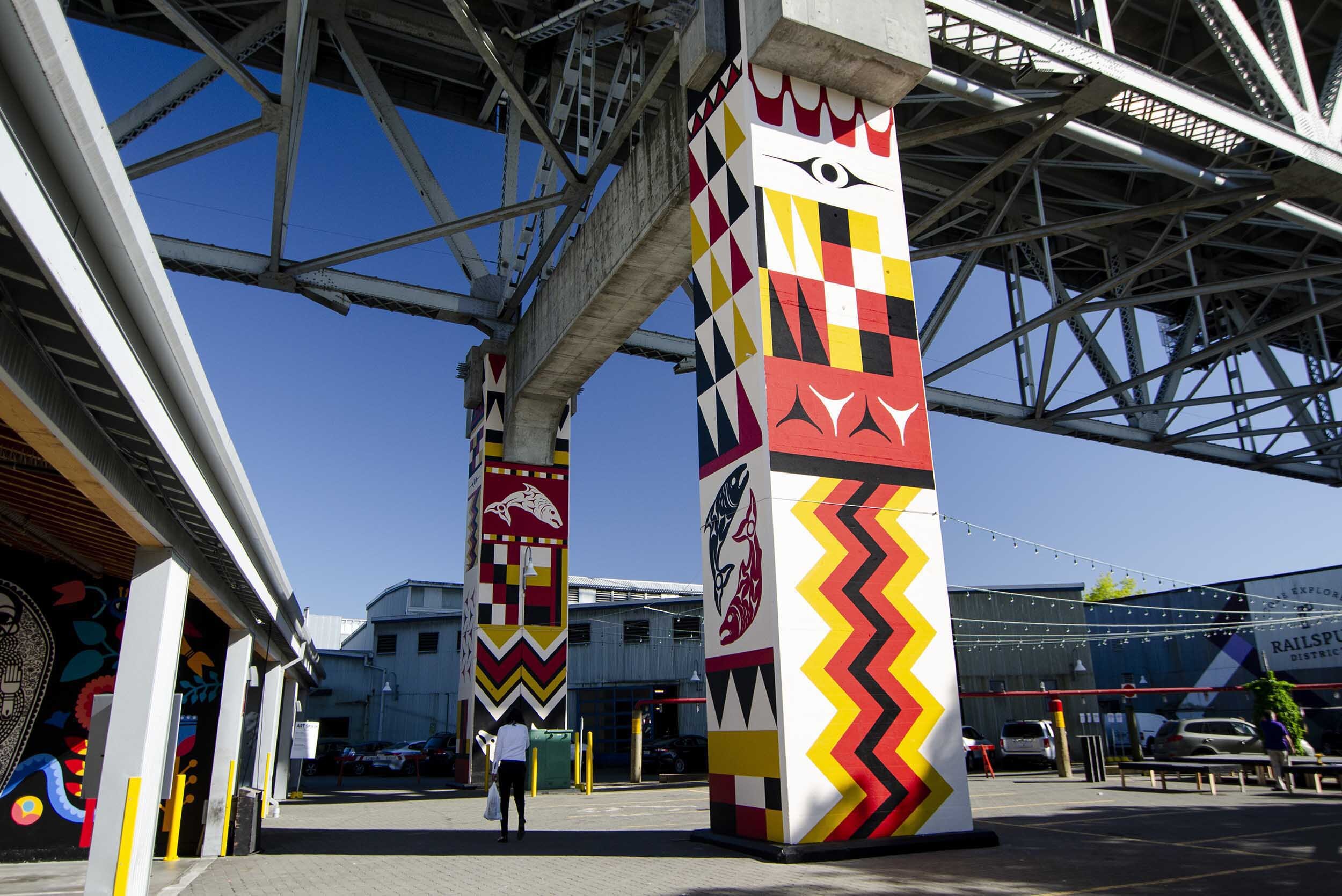
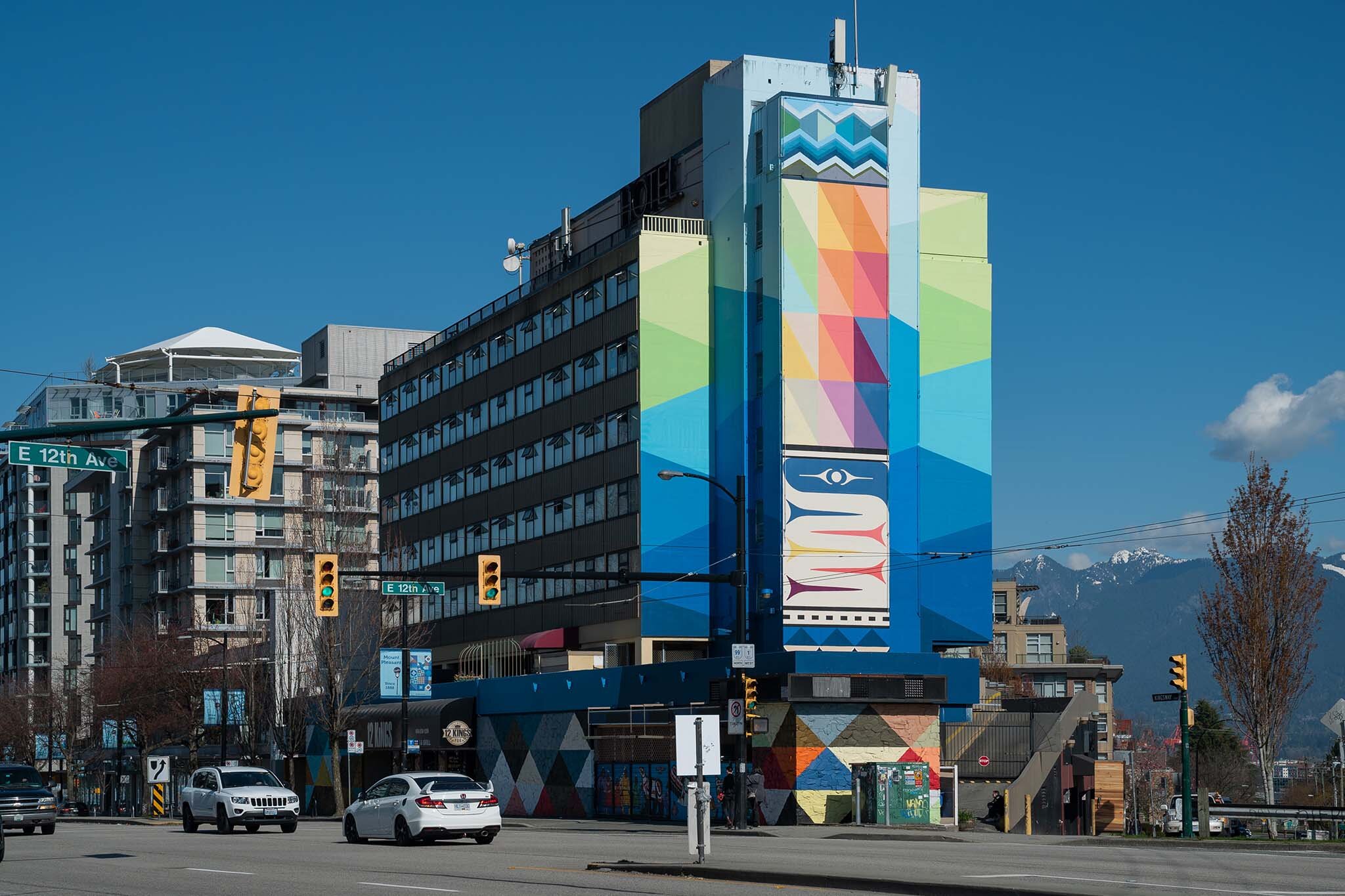
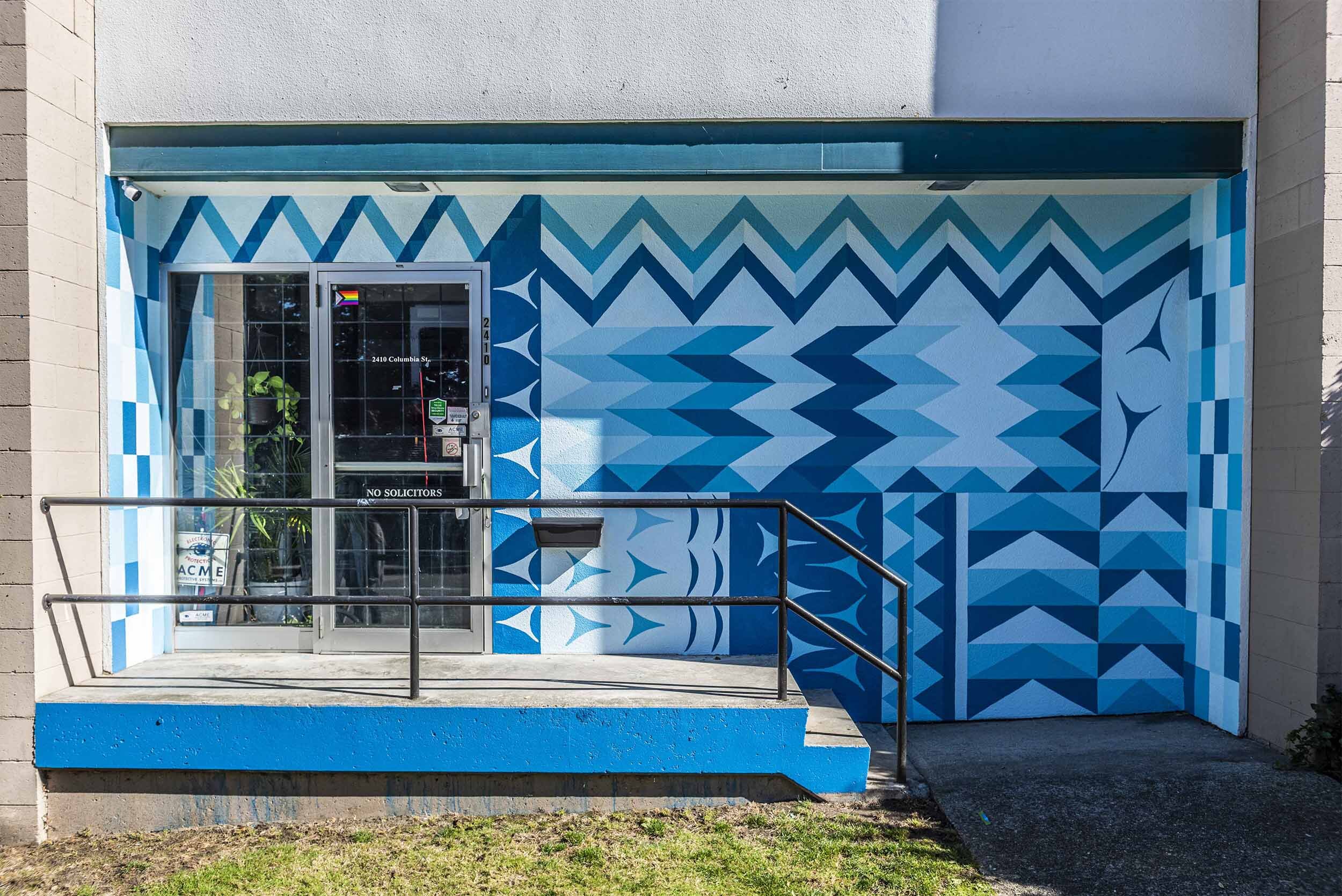
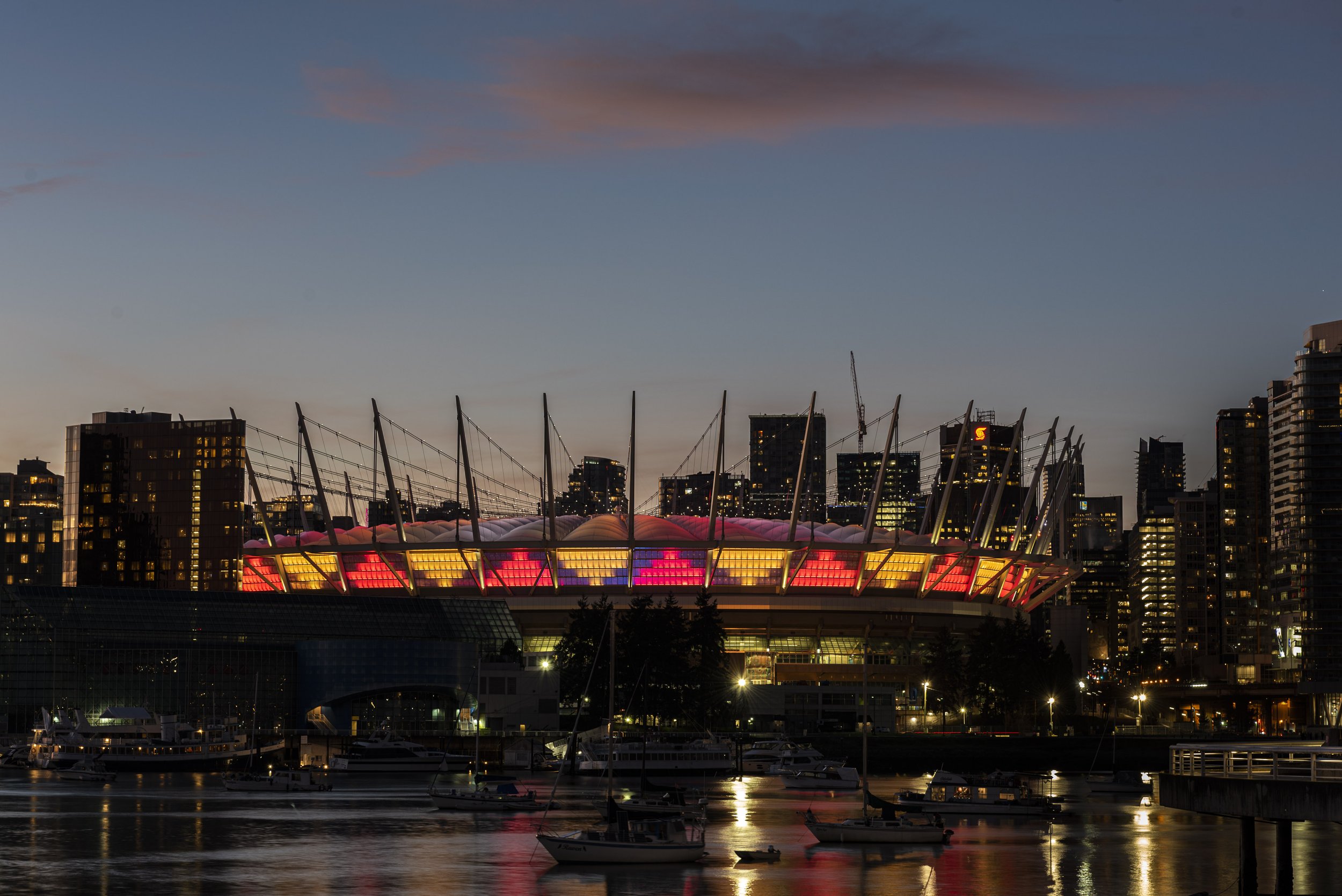
.jpg)